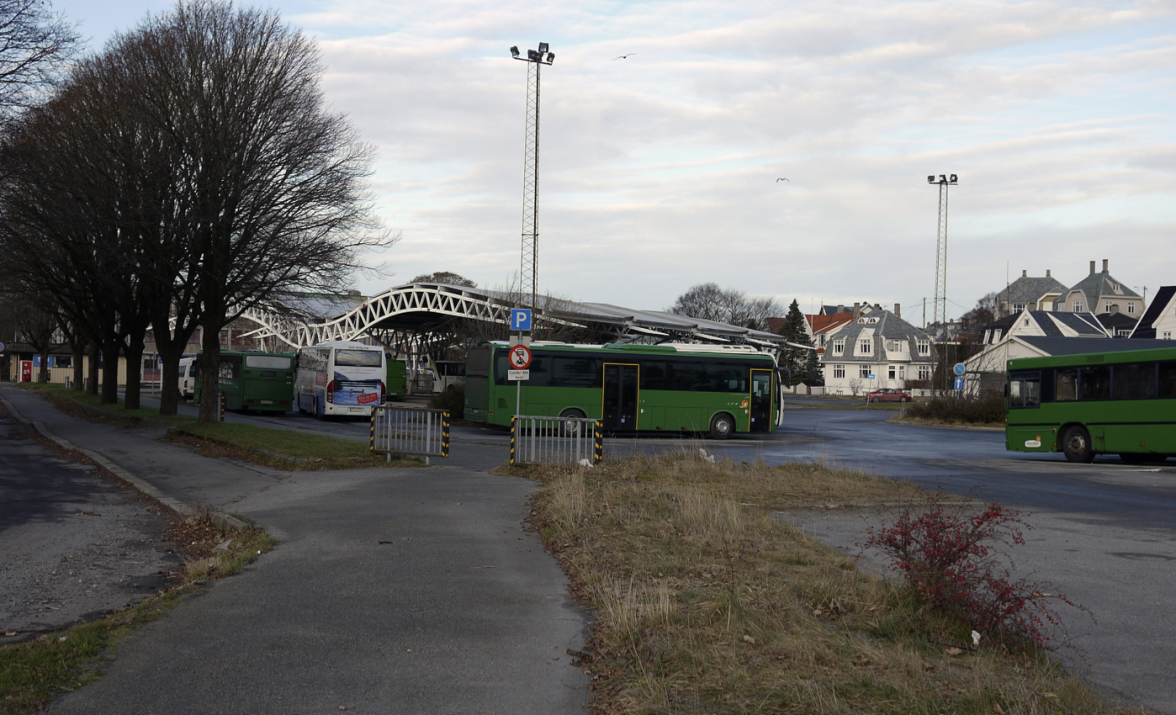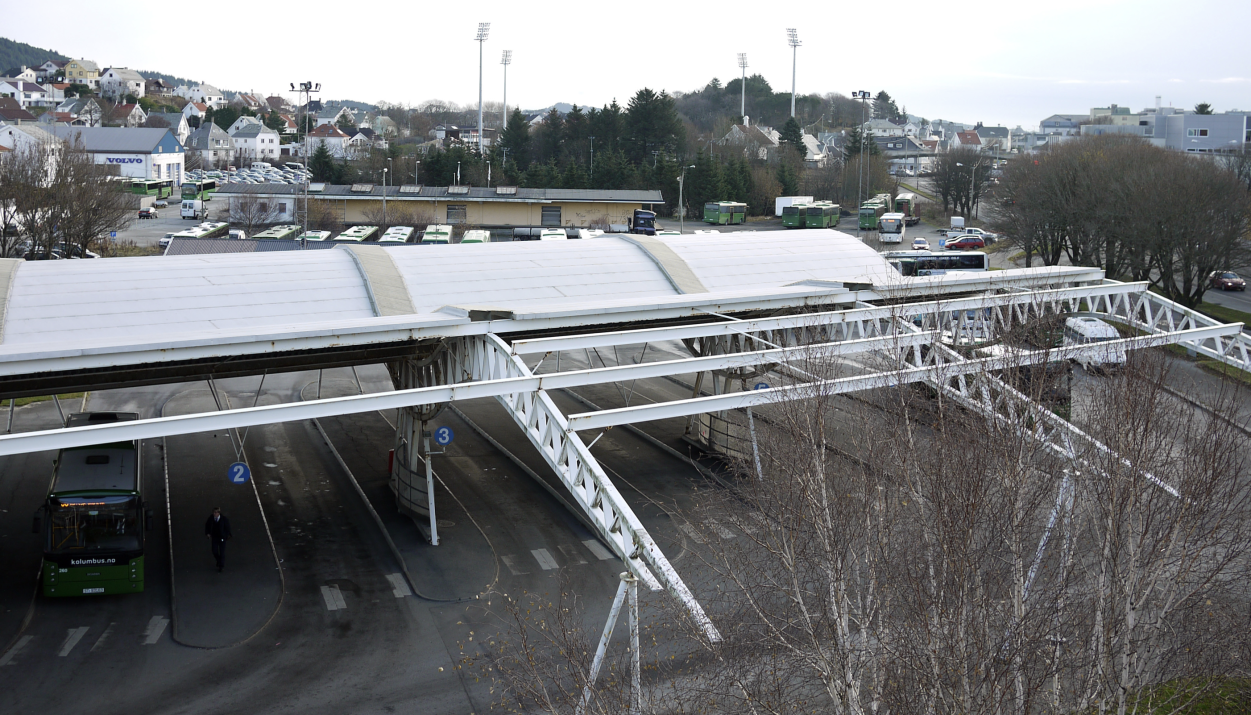Haugesund
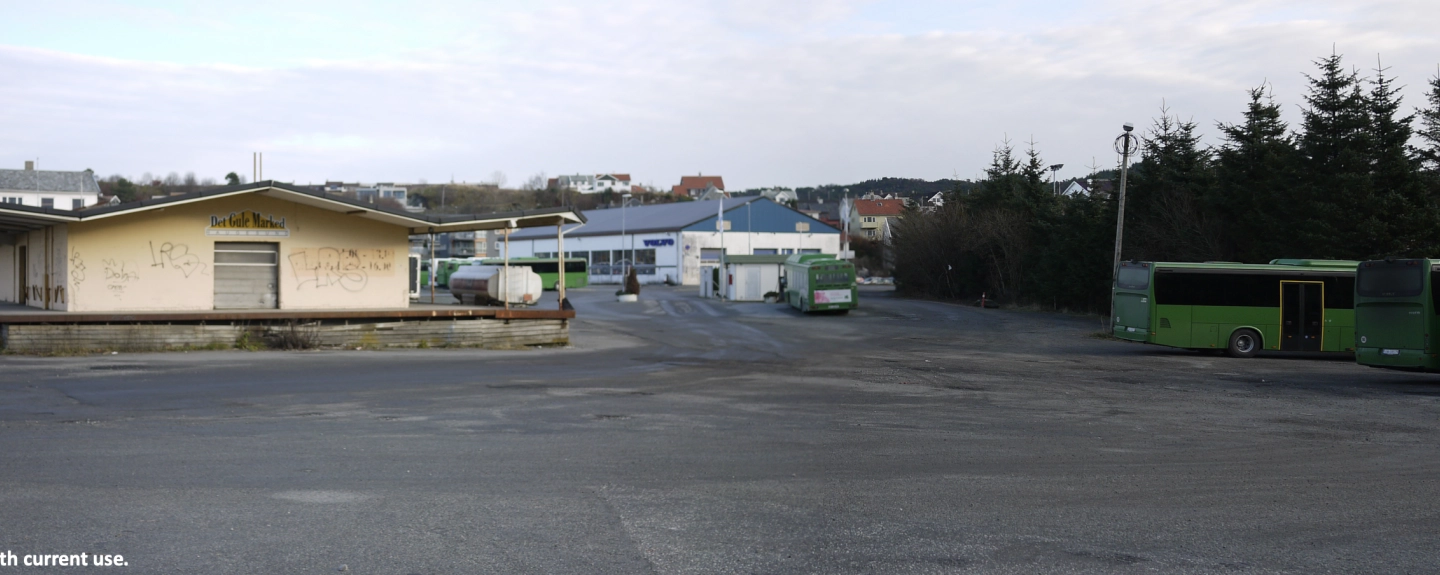
About
Located on the south-western coast of Norway, Haugesund is a mid- size city with a population of 34,500. The region centre, with close to 150,000 people, is situated between two larger cities, Bergen and Stavanger. Haugesund’s Historic Centre suffers from a classic urban predicament: the draining of commercial activity to suburban malls. With preserved buildings on just about every block, the historic grid provides few, if any, sites for much needed larger scale programs to establish additional programs within the city.
Fortunately, the City of Haugesund owns a large, open site on the boundary between the historic downtown and the nearby living areas – mostly one-family dwellings that surround the city on threesides. Flotmyr has remained an undeveloped space for the last 60 years. Once the proud gateway to Haugesund, it is now an urban void, filled with temporary programs such as bus stops, bus parking, a repair and cleaning garage, and free ground-level parking. Once perceived as the city’s deteriorated backyard and used as a landfill, Flotmyr is now seen as an opportunity to strengthen Haugesund’s position as the regional centre.
Task
TRANSFORMATION OF SITE
Flotmyr, as a void, provides a field of possibilities. Europan 11 participants are asked to investigate Flotmyr’s potential as a robust, sustainable location with an eye to long-term future development. As the sites are offered on the real estate market after the competition, maintaining flexibility to meet various urban development futures at Flotmyr is a crucial part of the planning.
Flotmyr’s potential to reinforce Haugesund’s regional position, as well as its future contribution to the development of Haugesund’s Historic Centre, are central premises for the Europan 11 competition. Five areas of investigation are outlined in the program: Public Spaces, High Density, Innovative Transportation, Diversity, and Integrated City. However, the proposals may expand beyond responding to the original five. In short, participants are asked to design a robust urban structure from which the new Flotmyr can develop.
NEW MOBILITY
Flotmyr’s emptiness is a barrier in itself between the residential areas eastward and the historic city centre westward. Another barrier is Karmsundgata. The competition calls for solutions on how to weave Flotmyr into the existing surrounding conditions: westbound grid, the park south, and the residential areas north and east. Currently,
Flotmyr works as a hub for regional public transportation, and its hub function will remain. Both local and regional busses stop at Flotmyr. How to design a new public transportation hub is central to solving Flotmyr – Should it be a Haugesund Central or a street-based terminal adjacent to Karmsundgata? Or perhaps an underground location? Providing high-quality paths both internally on site and connecting outwards is essential to the proposal. Bike and pedestrian paths should correlate to Haugesund’s larger bike and pedestrian network. Participants are asked to propose designs that mediate regional and local flows, connecting Flotmyr to the urban fabric of Haugesund and the region as a whole.
Site facts
- Location
- Haugesund, Norway
- Population
- 34,500. 150,000 (Haugaland region)
- Size
- Medium
- Project site
- 8,4 ha
- Site proposed by
- Municipality of Haugesund
- Prize
- Winner (12,000 euros), Runner-up (6,000 euros) and Special Mention (no reward)
Downloads
Submitted projects
-
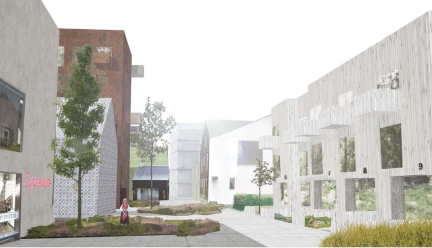
Gardenurbia
GARDENURBIA is public space by working as an interface between urbanity and nature. The public…
-

Tales of the unexpected
We propose to set up a gameboard. An active planning department and public participation may over…
-
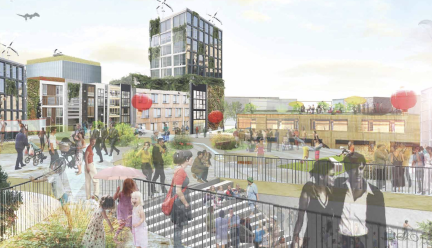
Flotmyr is back on the postcard
The city centre has been increasingly abandoned, and it is therefore important to provide…
-

Hip Hubs
In the next 5 years we expect Haugesund to become a key cultural centre at national level and an…


